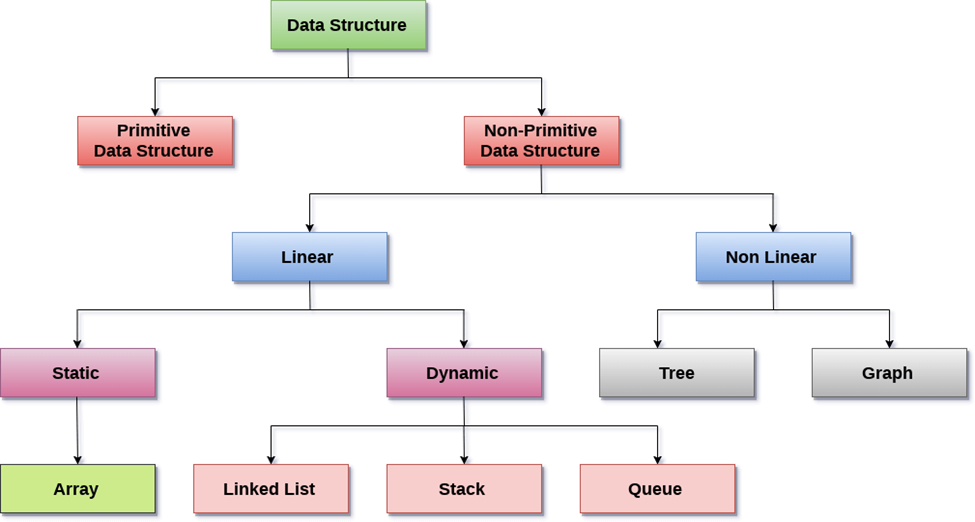Programmers can apply algorithmic designs and
data structures to applications, which vary depending on their use. Data
structure algorithms behave differently depending on the code method, which
defines instructions to be executed in a specific order to get a desired
output. Linear and non-linear data structures like arrays, trees, linked lists, stacks, tries, hash table, and graphs, allows a programmer to perform different operations on specific data.
Search, sort, insert, update, and delete ares ome categories of algorithms that can affect time and space availabilityconstraints on individual applications. The ability
to solve particular problems requires a specific data structure that needs to
be used. Data structures can be designed to occupy less space, and othersoccupy more depending on the structured design.
The design concept will include the time of
execution and how much storage is required. The correct algorithm design can be
chosen with the top-down or bottom-up approaches. The first in first out (FIFO)queue is another useful algorithm that uses a linked list or if adding and deleting elements, an array can be implemented. Every
solution to a problem uses a function that a data structure must account for to
use the best data structure for the task.
An important factor about data structures and
algorithmic designs is that any given problem can be approached and solved with
various algorithmic analysis methods. Remember that every successful algorithm
is based on space usage, security, user interface, and maintainability.










Comments
Post a Comment